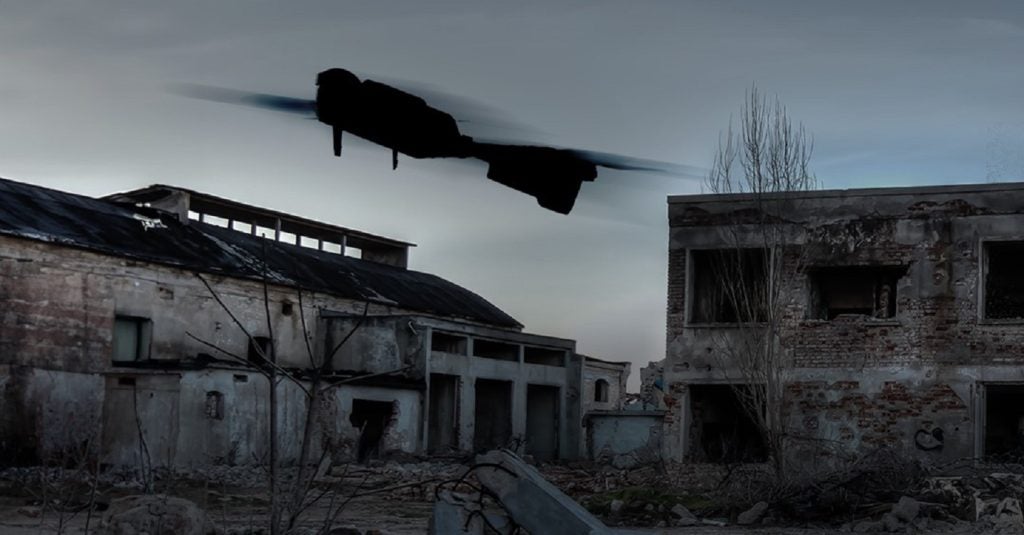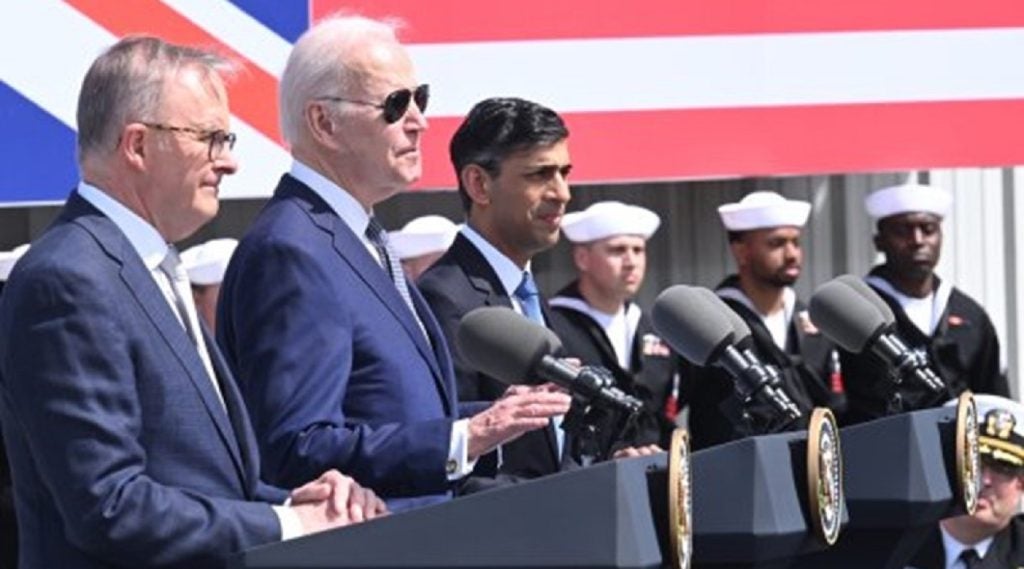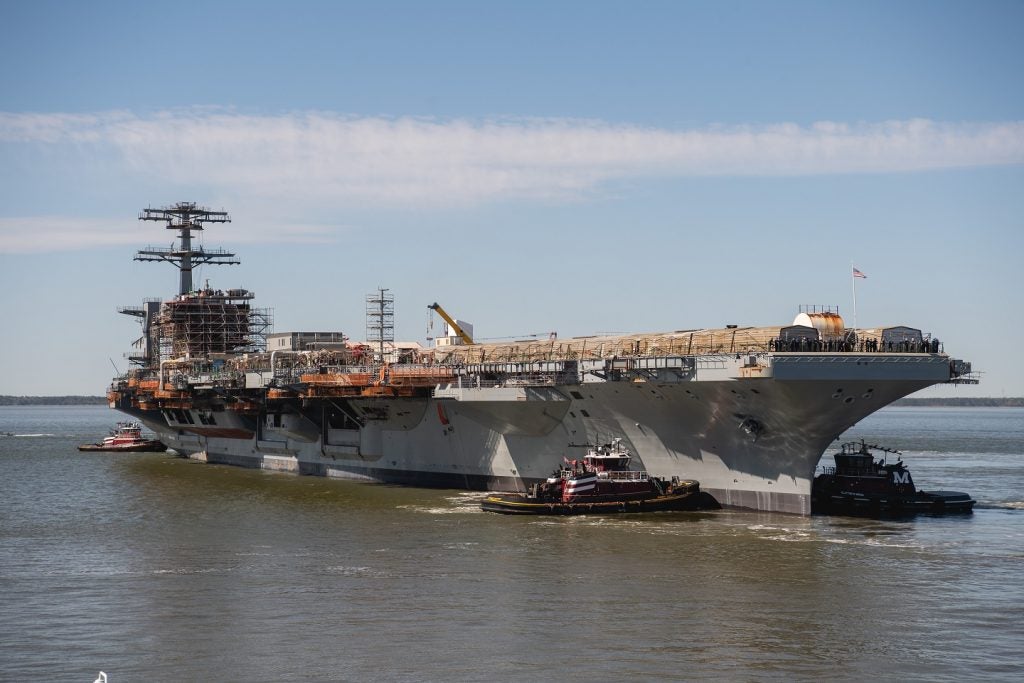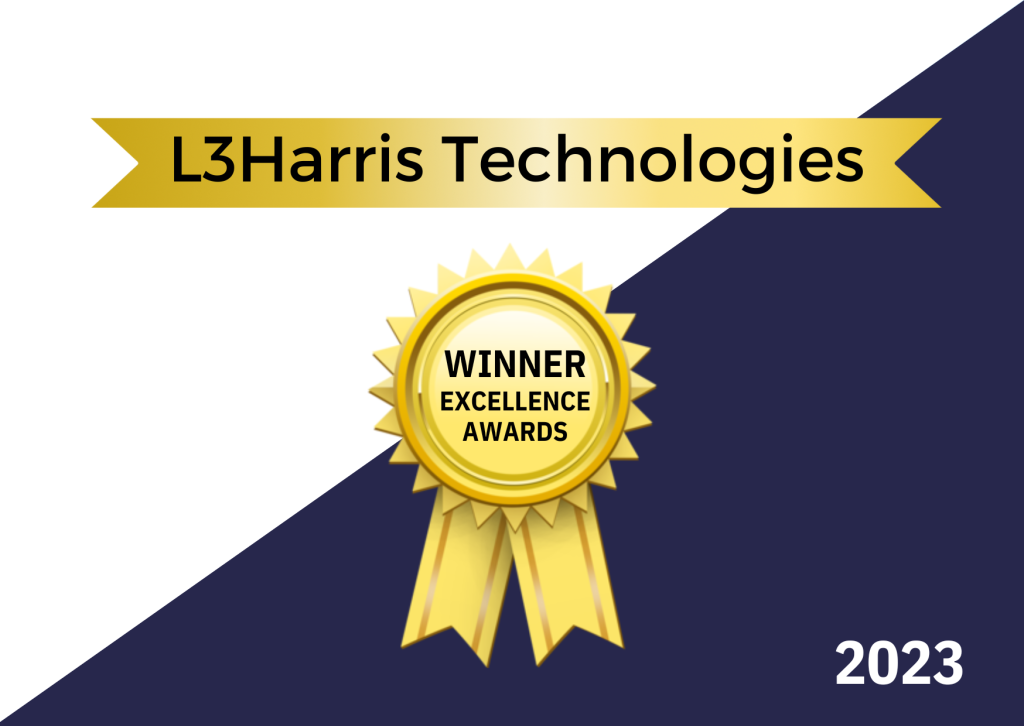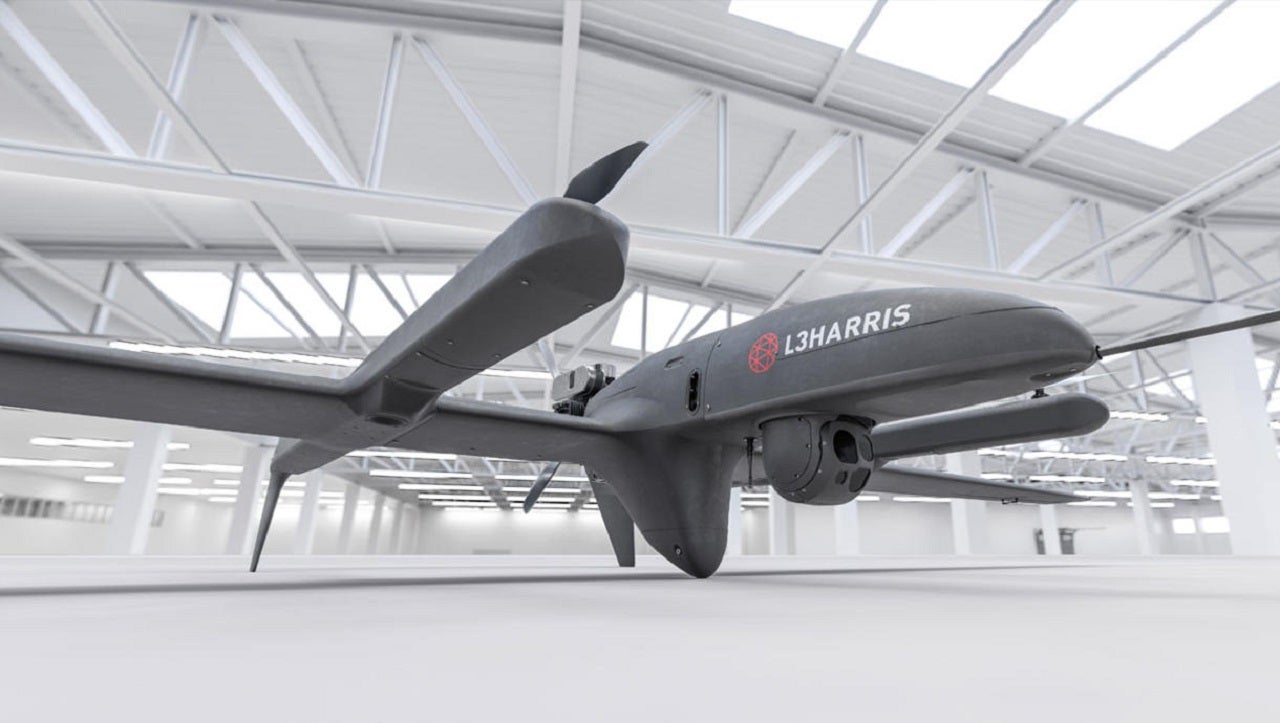
The US Navy’s Naval Air Warfare Center Air Division (NAWCAD) AIRWorks has chosen L3Harris Technologies for the second phase of unmanned aerial systems (UAS) demonstration.
Phase II involves identifying and assessing UASs that can be fielded in harsh environments without the need for any extra support systems.
The selection was made in partnership with IMPAX, and L3Harris is one of two teams that will take part in the demonstration in Yuma, Arizona, for three weeks.
L3Harris Precision Engagement Systems president Dave Duggan said: “L3Harris’ FVR-90 offers unique technology not offered by other unmanned aerial systems.
“This unmanned system can operate in the austere weather environments and multiple domains.
“The FVR-90 offers a vertical take-off and landing capability that we believe can give the Navy the needed control to accomplish its important missions.”
How well do you really know your competitors?
Access the most comprehensive Company Profiles on the market, powered by GlobalData. Save hours of research. Gain competitive edge.

Thank you!
Your download email will arrive shortly
Not ready to buy yet? Download a free sample
We are confident about the unique quality of our Company Profiles. However, we want you to make the most beneficial decision for your business, so we offer a free sample that you can download by submitting the below form
By GlobalDataIt uses the Hybrid Quadrotor technology to take off with a small crew and quickly and accurately shift between horizontal and vertical flight.
The aircraft does not need separate launcher or recovery device and provides increased capability, portability, and smaller operational footprint.
The demonstration is being carried out as part of a multi-phased selection process. It will help assess advanced technologies and advise on acquisition strategies in the future.
In addition, it will aid in meeting ‘merit-based competition requirements for potential Other Transaction (OT) awards for prototyping’.
The OTs that will be awarded can be a part of the future programme of record worth an estimated $1bn.
In July last year, the US Navy carried out a series of fleet experiments with multiple unmanned aerial and undersea systems aboard the expeditionary fast transport (EFT) vessel, USNS Spearhead (T-EPF 1).



